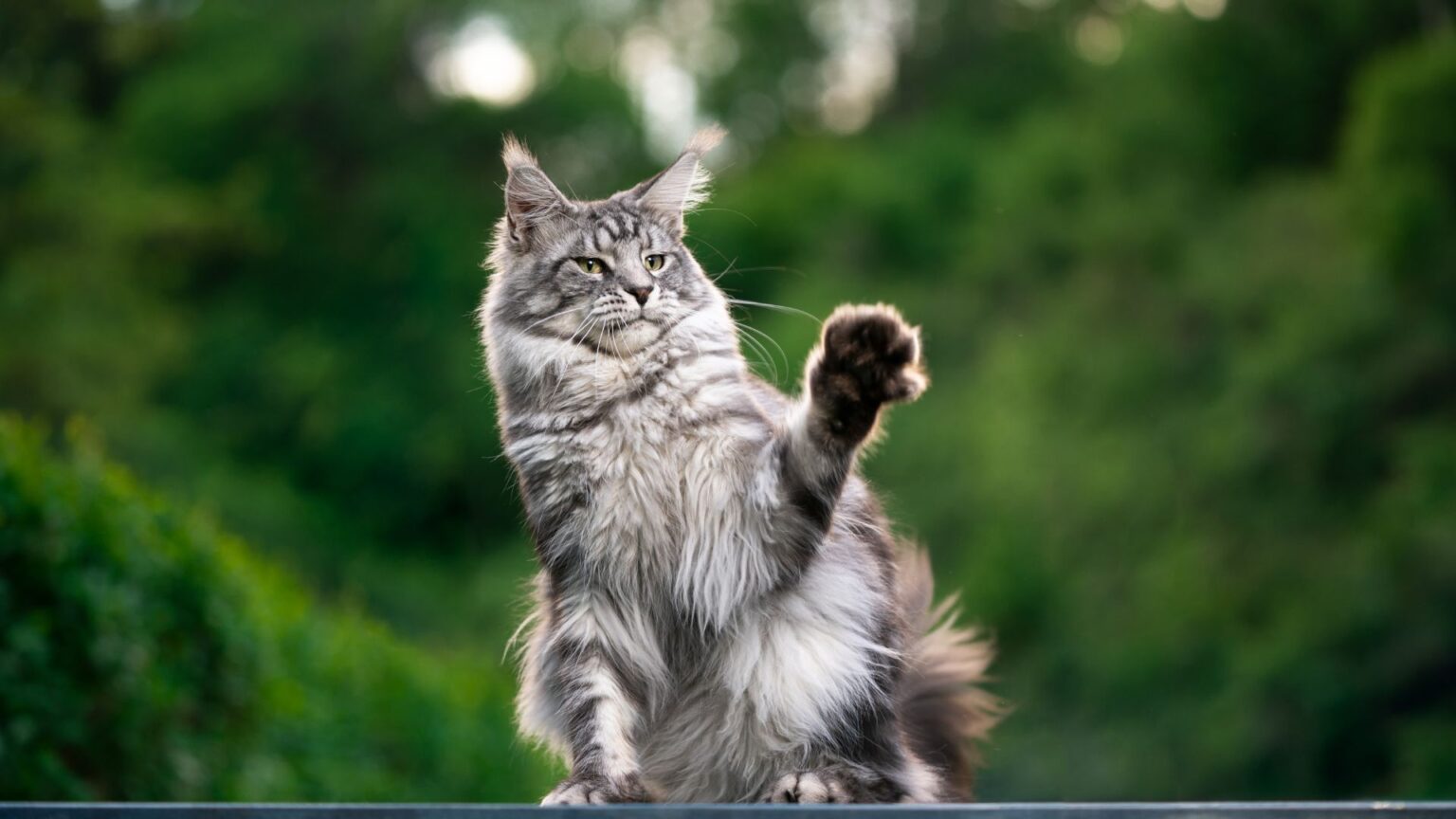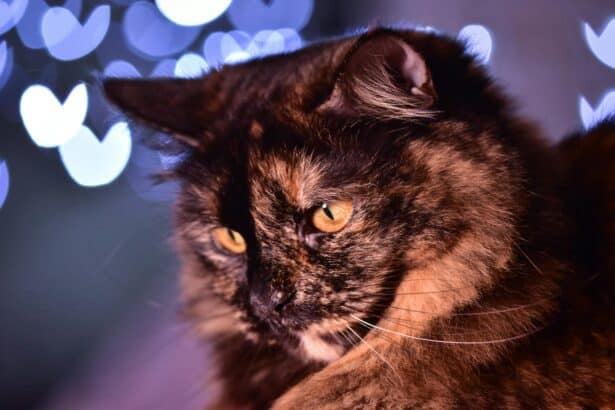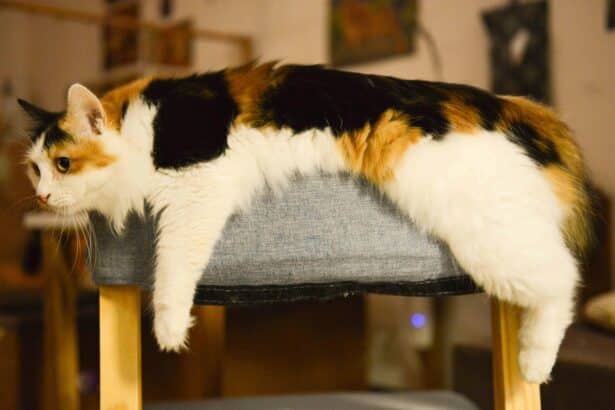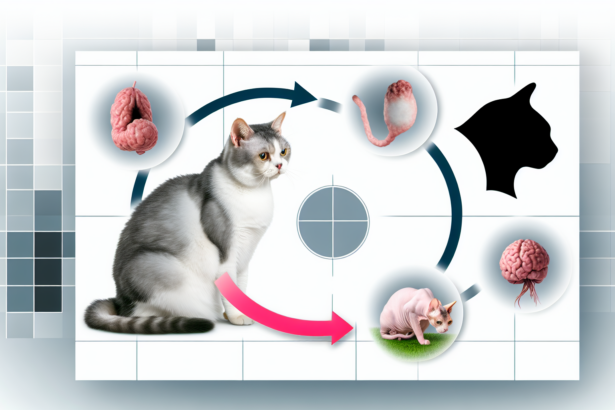The Maine Coon is the cat world’s big-hearted adventurer: sturdy, affectionate, and wonderfully chatty. If you’re dreaming of adopting one or want to better understand the one already snuggled on your couch, this guide walks you through origins, personality, daily care, and health—without overwhelming you or your future gentle giant.
Learn more about the Maine Coon breed
Origins and history
Legends swirl around this majestic cat, but the most accepted story is a mix of longhaired cats brought by sailors and hardy North American shorthairs. The result? A naturally robust, weather-ready feline perfectly suited to cooler climates.
Curious to go deeper into their mysterious past? Explore the mysterious roots of the Maine Coon and the stories that shaped their allure.
Physical characteristics
Maine Coons are among the largest domestic cats, with muscular frames, plush ruffs, and tails as long as their bodies. Ears are large with adorable lynx-like tufts, and their coats are semi-long, water-repellent, and built for winter. Eye colors vary widely—gold and green shades are common and oh-so-mesmerizing.
Fun fact: many Maine Coons “chirp” or “trill” rather than classic meows—an endearing, birdlike chatter that fans absolutely adore.
Temperament and behavior
Despite their size, Maine Coons are gentle, people-oriented, and playful well into adulthood. They’re confident without being clingy, and often follow you around like a furry shadow, curious about everything you do.
They also enjoy learning simple tricks and interactive games. Fetch, anyone? With the right motivation (treats!), they’ll surprise you with how clever they are.
Preparing to adopt a Maine Coon
Choosing the right breeder
A responsible breeder prioritizes health, socialization, and transparency. Ask about health screening for known breed issues, kitten socialization, and the living environment. You should feel welcome to ask questions—and to meet the parents when possible.
Avoid this common mistake: picking based on price or the first pretty face you see online. Why? Because ethical breeding and early care shape a kitten’s future health and temperament. Here’s how to choose a reputable cattery with confidence.
Preparing your home
Think big: a large, sturdy litter box (ideally XXL), a robust cat tree that won’t wobble, and broad shelves or window perches. Maine Coons love height and vantage points to survey their kingdom—you. Add puzzle toys and tunnels for energy release.
Practical tip: teach your cat to step on a digital kitchen scale for a monthly weigh-in. A small treat on the scale and a cheerful “Up!” command make tracking weight effortless—and early weight changes can flag health issues sooner.
Caring for a Maine Coon
Dietary needs
This muscular breed benefits from high-quality, protein-rich food that supports lean mass without piling on calories. Prioritize complete diets with adequate taurine and consider including wet food for hydration—great for urinary health.
Not sure where to start? Our guide to what cats should really eat helps you choose balanced options with confidence.
Physical activity and mental enrichment
Regular play is non-negotiable. Wand toys, feather lures, and “prey-like” movements keep their hunting brain happy. Rotate toys weekly to renew interest, and try short daily training sessions (sit, high-five, touch) for brainy fun.
Error to avoid: free-feeding unlimited dry food while assuming playtime alone will offset calories. It rarely does. Use scheduled meals and slow feeders to balance appetite and activity.
Grooming and hygiene
Brushing two to three times a week prevents tangles and reduces shedding; daily during seasonal changes is even better. Focus on the ruff, armpits, and behind the ears where knots form easily. Occasional baths can help, but gentle brushing usually does the heavy lifting.
Don’t forget ears, nails, and teeth: check ears weekly, trim nails every 2–4 weeks, and introduce tooth brushing gradually with a cat-safe paste. Your future self will thank you.
Maine Coon health and common concerns
What to watch for
Like many pedigreed cats, Maine Coons can be predisposed to certain issues such as hypertrophic cardiomyopathy (heart), hip dysplasia (joints), and spinal muscular atrophy (neuromuscular). Regular vet checkups, good weight management, and early attention to subtle changes (appetite, energy, breathing) go a long way.
For a wider overview, read about common cat health problems and how to act early and effectively.
Conclusion
Welcoming a Maine Coon is like inviting a gentle, oversized roommate who adores shared routines and cozy evenings. Offer space, sturdy gear, mindful nutrition, and consistent grooming, and you’ll be rewarded with loyalty, humor, and head-to-toe purrs.
And when they chirp back at your questions? That’s just their way of saying, “I’m listening, human.”
FAQ
How big do Maine Coons get, and when do they reach full size?
They’re among the largest domestic cats and often keep filling out until around 3–4 years old. Focus on steady growth, not speed—healthy development beats quick gains.
Are Maine Coons good with kids and other pets?
Generally yes. Their calm, social nature pairs well with respectful children and friendly animals. Early introductions and supervised first meetings set everyone up for success.
How often should I groom a Maine Coon, and what tools work best?
Brush two to three times weekly using a stainless-steel comb and a slicker or pin brush. During shedding seasons, increase frequency and be gentle in sensitive areas to prevent matting.
What health checks should I plan for a Maine Coon?
Routine vet visits, weight monitoring, dental care, and watching for changes in breathing or activity are essential. Ask your vet about breed-relevant screenings based on your cat’s age and history.








